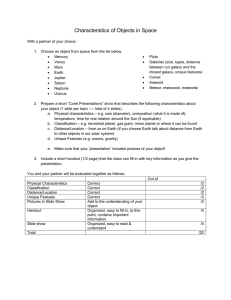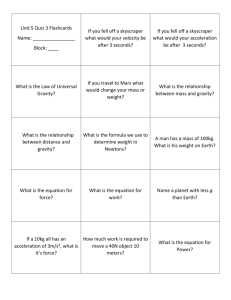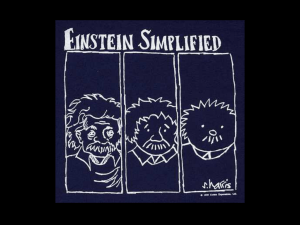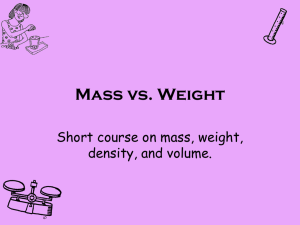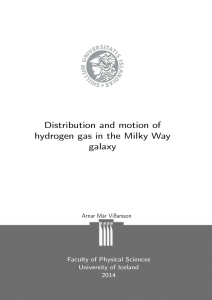HW #6
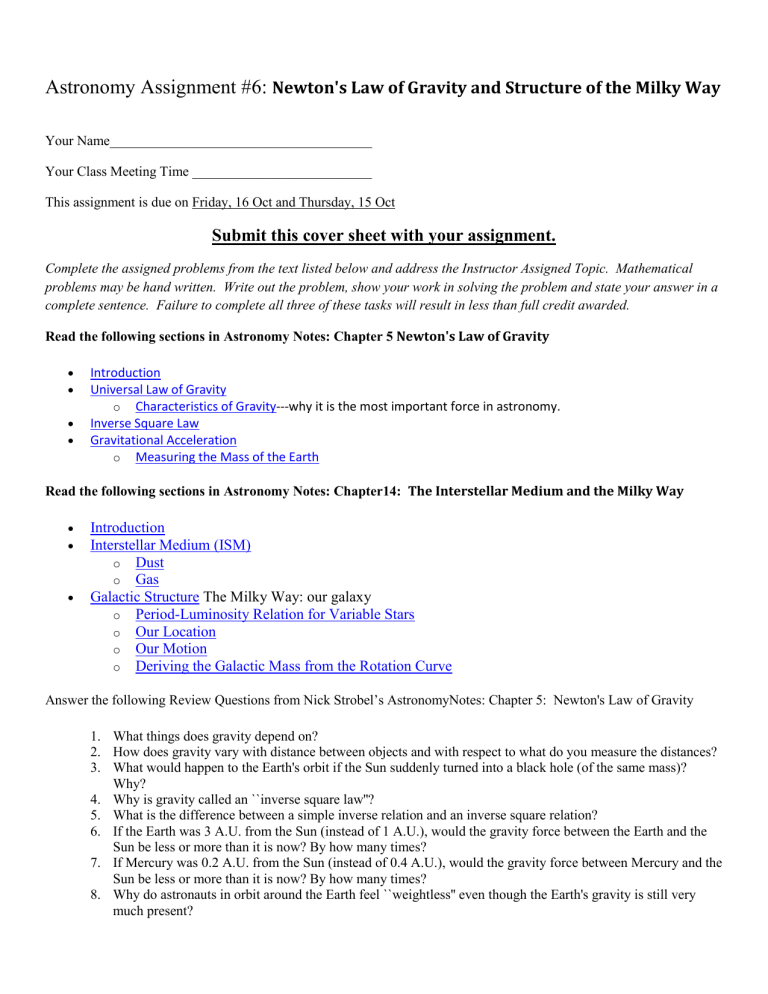
Astronomy Assignment #6:
Newton's Law of Gravity and Structure of the Milky Way
Your Name______________________________________
Your Class Meeting Time __________________________
This assignment is due on Friday, 16 Oct and Thursday, 15 Oct
Submit this cover sheet with your assignment.
Complete the assigned problems from the text listed below and address the Instructor Assigned Topic. Mathematical problems may be hand written. Write out the problem, show your work in solving the problem and state your answer in a
complete sentence. Failure to complete all three of these tasks will result in less than full credit awarded.
Read the following sections in Astronomy Notes: Chapter 5
Newton's Law of Gravity
Introduction
Universal Law of Gravity o Characteristics of Gravity ---why it is the most important force in astronomy.
Inverse Square Law
Gravitational Acceleration o Measuring the Mass of the Earth
Read the following sections in Astronomy Notes: Chapter14:
The Interstellar Medium and the Milky Way
Introduction
Interstellar Medium (ISM)
o
Dust
o
Gas
Galactic Structure The Milky Way: our galaxy
o o o o
Period-Luminosity Relation for Variable Stars
Our Location
Our Motion
Deriving the Galactic Mass from the Rotation Curve
Answer the following Review Questions from Nick Strobel’s AstronomyNotes: Chapter 5: Newton's Law of Gravity
1.
What things does gravity depend on?
2.
How does gravity vary with distance between objects and with respect to what do you measure the distances?
3.
What would happen to the Earth's orbit if the Sun suddenly turned into a black hole (of the same mass)?
Why?
4.
Why is gravity called an ``inverse square law''?
5.
What is the difference between a simple inverse relation and an inverse square relation?
6.
If the Earth was 3 A.U. from the Sun (instead of 1 A.U.), would the gravity force between the Earth and the
Sun be less or more than it is now? By how many times?
7.
If Mercury was 0.2 A.U. from the Sun (instead of 0.4 A.U.), would the gravity force between Mercury and the
Sun be less or more than it is now? By how many times?
8.
Why do astronauts in orbit around the Earth feel ``weightless'' even though the Earth's gravity is still very much present?
Answer the following Review Questions from Nick Strobel’s AstronomyNotes: Chapter 14: The Interstellar Medium and the Milky Way.
1.
What is the interstellar medium composed of?
2.
How does dust make stars appear redder than they actually are?
3.
How does dust cause the extinction of starlight?
4.
Where is the dust thought to come from?
5.
What are the characteristics of the gaseous part of the ISM? Is the gas all at the same temperature and density? How do you know?
6.
How is the 21-cm line radiation produced?
7.
Why is the 21-cm line radiation so important for determining galactic structure and mass?
8.
How is the 21-cm line radiation used to determine galactic structure and mass?
9.
What is the name for our galaxy and what kind of galaxy is it?
10.
How big is our galaxy? How many stars are in it and how do we know?
11.
How are Cepheids and RR-Lyrae stars considered to be standard candles? How can you find their luminosity?
12.
How can you use the period-luminosity relation to find distances?
13.
Where are we in the galaxy and how do you know? How can the distribution of globular clusters tell you about our place in the Galaxy?
14.
What are the four basic components of our galaxy?
